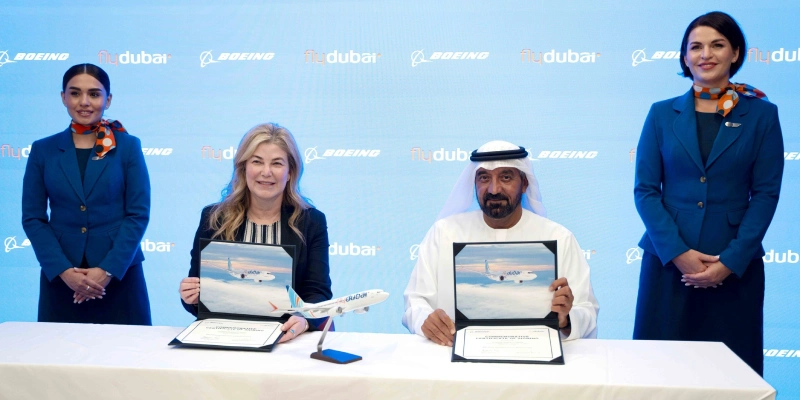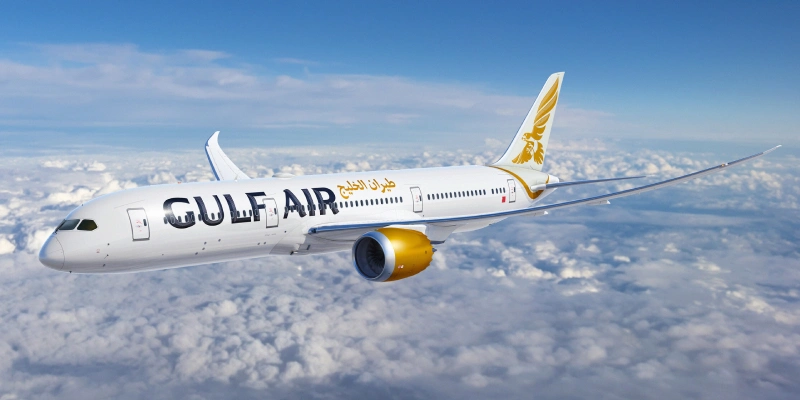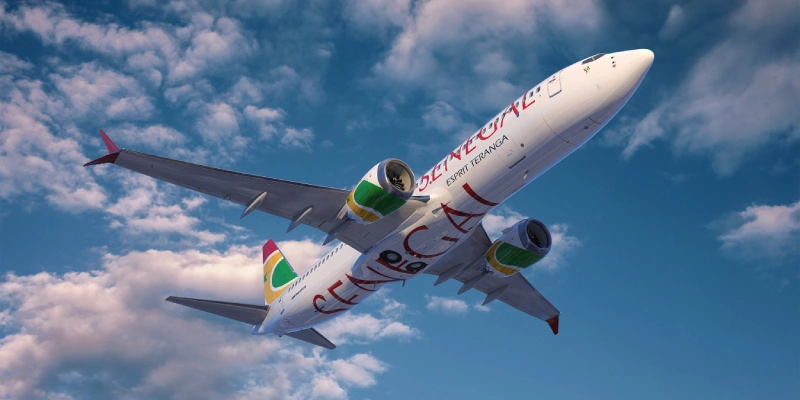The European aviation industry this week unveiled its flagship sustainability initiative, ‘Destination 2050-A route to net zero European aviation’, a project driven by new report that seeks to achieve significant reductions in CO2 emissions in Europe and globally over the next few years.
See also: Airlines can now choose their own routes across the Atlantic.
This follows recent climate commitments announced by the industry last November in the ‘European Aviation Recovery Roundtable Report’ in which institutional stakeholders were urged to join the industry in an EU Sustainable Aviation Pact by the end of 2021, EuropaPress reviewed.
Building on the Paris Agreement and the European Green Pact, ‘Destination 2050’ envisions all flights in and out of the EU, UK and EFTA achieving net zero CO2 emissions by 2050.
The ambitious plan and related commitments set out by airlines, airports, aerospace manufacturers and air navigation service providers show collective leadership by the European aviation sector to reduce CO2 emissions, with the aim of making leisure and business air travel in Europe, and globally, more sustainable in the long term.
See also: IATA offers free course to unemployed cabin crew members.
According to the report, there is an opportunity to achieve net zero CO2 emissions by 2050 through a combination of four key measures, aligning European aviation with EU climate targets.
These four measures include: improvements in aircraft and engine technologies that could achieve emission reductions of 37%, the use of sustainable aviation fuels that could achieve emission reductions of 34%, the implementation of economic measures could achieve emission reductions of 8%, as well as improvements in air traffic management and aircraft operations could achieve emission reductions of 6%.
The report forecasts European air passenger numbers to grow by an average of approximately 1.4% per year between 2018 and 2050 without compromising the sector’s ability to achieve net zero CO2 emissions at this point.
Government and Industry Actions
‘Destination 2050’ further highlights that realizing the net zero vision for European aviation by 2050, while maintaining international competitiveness and the benefits of aviation for society, will require swift and decisive joint actions by governments and industry.
In the experts’ view, “industry will need to continue to invest substantially in decarbonization and innovation and make the necessary operational transitions, while governments will need to ensure a level playing field and facilitate the transition through incentives and by reducing investment risks with coherent and stable policy frameworks.”
This is the first pan-European, industry-wide long-term vision offering concrete solutions to the complex challenge of reducing CO2 emissions from commercial flights in and out of the EU, the UK and the European Free Trade Association.
The initiative is led by five European aviation associations: Airports Council International Europe (ACI EUROPE), AeroSpace and Defense Industries Association of Europe (ASD Europe), Airlines for Europe (A4E), Civil Air Navigation Services Organization (CANSO) and European Regions Airline. Association (ERA). The report was made possible by the work of the Royal Netherlands Aerospace Center (NLR) and SEO Amsterdam Economics.
Related Topics
flydubai Signs MoU to Acquire an Additional 75 Boeing 737 MAX
Gulf Air Orders Additional Boeing 787 Aircraft
Dubai Airshow: Air Senegal Commits to Purchasing Nine Boeing 737 MAX Jets
Dubai Airshow: Ethiopian Airlines Bolsters Its Fleet with 11 Additional Boeing 737 MAX

Plataforma Informativa de Aviación Comercial con 13 años de trayectoria.




